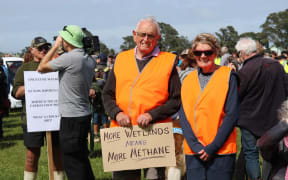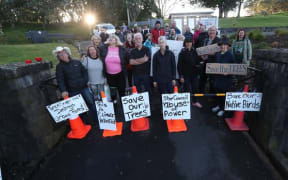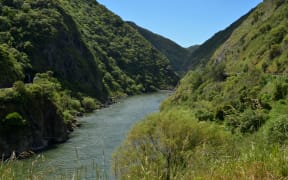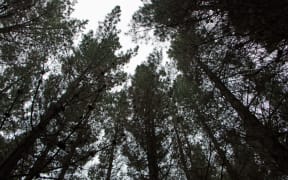Forest & Bird and Federated Farmers are branding proposed changes to the Resource Management Act (RMA) an environmental breakthrough.
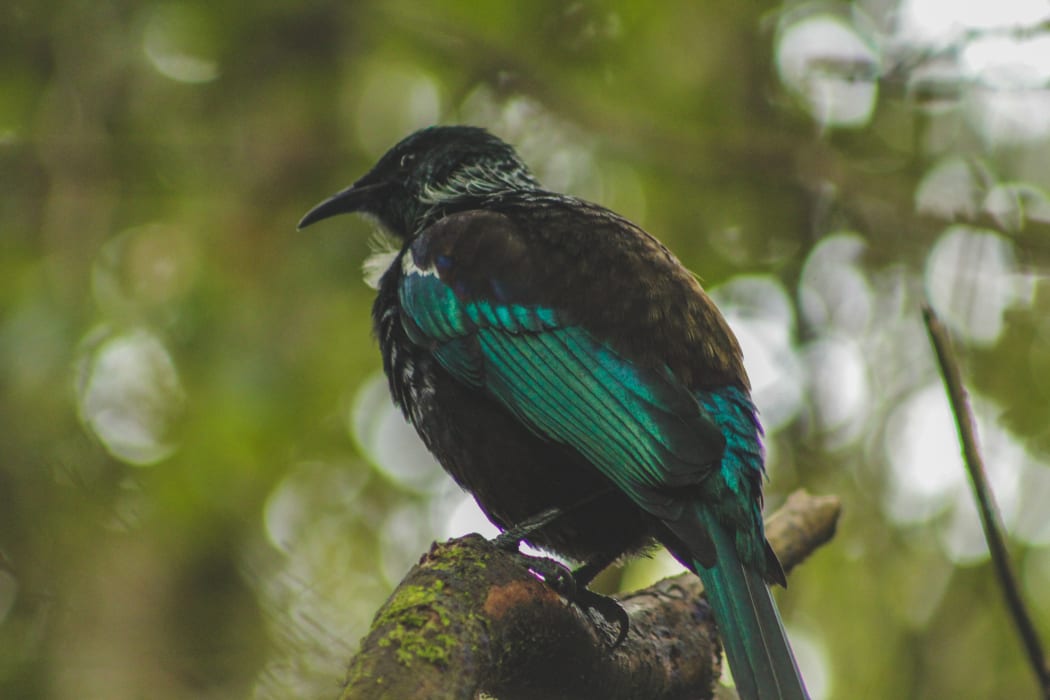
Tūī Photo: 123RF
A discussion document on a proposed National Policy Statement for indigenous biodiversity under the Act is now out for consultation.
Under the proposal, councils would be required to work closely with tangata whenua, landowners, and communities to identify and look after significant indigenous biodiversity.
By 2026, all councils would need to have regional biodiversity strategies.
Associate Minister for the Environment Nanaia Mahuta said this would provide clarity for councils, and would go some way to stop drawn-out legal battles between the relevant groups.
About 4000 native plants and wildlife are threatened or at risk of extinction.
Forest & Bird's Jen Miller said improving the country's indigenous biodiversity policy framework had been a goal of successive governments for more than 20 years.
"But they have been unable to achieve consensus on how to do this, especially especially outside protected areas."
While agreement failed, the environment had continued to degrade, she said.
Meanwhile, Federated Farmers' environment spokesperson Chris Allen said the policy statement gave a chance to acknowledge the work that was being done to preserve ecosystems on private land.
"We support the process and have enjoyed working in a collegial and consultative environment. We've had genuine consultation, and this process now continues to allow all New Zealanders to have plenty of time to have their say," he said.
Minister for Conservation Eugenie Sage told Morning Report significant natural areas had not been identified in places like the West Coast and Northland.
"Auckland, for example, its Unitary Plan identifies around 3000 significant natural areas. And that means that landholders can often get assistance with funding to actually help protect the habitats and species that are there.
"When we've got 4000 species threatened or at risk of extinction in New Zealand, we're continuing to lose wetlands, we're continuing to lose tussock, grasslands and habitats, we need to actually protect those significant areas. And this document provides good policy guidance on how councils can do that.
"Species need to live, and what this is about is ensuring that plans under the RMA identify the significant areas and then there are controls on any activities in them which will potentially destroy or have really negative effects on them."
The changes would mean stronger principles of transparency on "doing field inspections and not just doing desktop surveys, and of having clear criteria in the document about how councils go about identifying areas that are significant naturally".
Ms Sage said it was proposed that regional councils should have strategies by 2023 and all territorial councils should have significant natural areas mapped by 2026.
